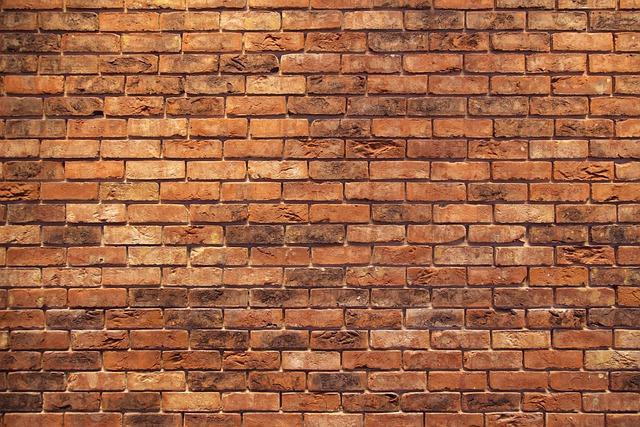- Introduction
- What is the Great Green Wall?
- Goals and Objectives of the Initiative
- Challenges Faced by the Initiative
- Positive Impacts and Benefits
- Conclusion
- FAQs
- References
Introduction
The Great Green Wall Initiative is an ambitious plan designed to restore degraded lands and halt desertification in Africa. It aims not only to combat environmental challenges but also to restore livelihoods and promote sustainable development across the region. This article will explore the goals of the Great Green Wall, the challenges it faces, how it has positively impacted communities and ecosystems, and why it is vital for the future.
We will begin by delving into what the Great Green Wall encompasses and what its core objectives are. Secondly, we will discuss the various struggles encountered during its implementation, from political instability to funding issues. Later on, we'll spotlight the beneficial ecological and socio-economic effects of the initiative. Lastly, a conclusion will recap the key takeaways before providing answers to some frequently asked questions (FAQs).
What is the Great Green Wall?
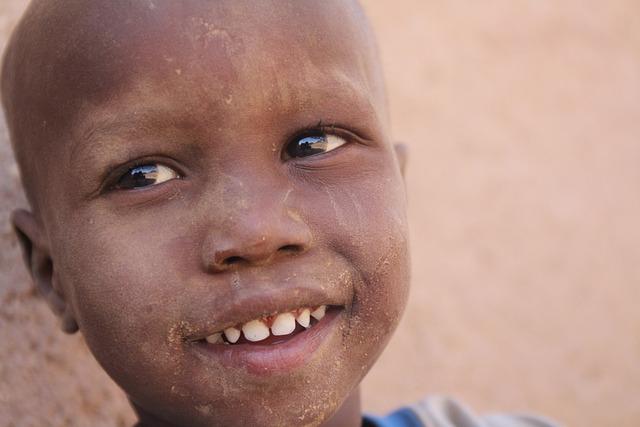
(Image: Pixabay/@artsysolomon)
The Great Green Wall (GGW) is a large-scale afforestation and ecological restoration project initiated by the African Union in 2007. Stretching from Senegal in the west to Djibouti in the east, this vast undertaking targets the Sahel region, which is particularly vulnerable to desertification and land degradation.
Inspired by similar historical efforts to combat desertification, such as the "shelterbelt" programs in China, the Great Green Wall was conceived as a natural barrier to prevent further encroachment of the Sahara desert. Its goal is to create a mosaic of green landscape with trees, shrubs, and fertile soil cover over a span of nearly 8,000 kilometers.
This initiative is not just about building a physical wall of trees; it involves transforming the way local communities manage their landscapes, through sustainable agricultural practices and water management systems. The emphasis is placed on involving local populations in planting and nurturing the trees, ensuring long-term success.
Once completed, the Great Green Wall is expected to be the largest living structure on Earth, covering millions of hectares of land and improving the lives of millions who rely on these ecosystems for their livelihoods.
Goals and Objectives of the Initiative
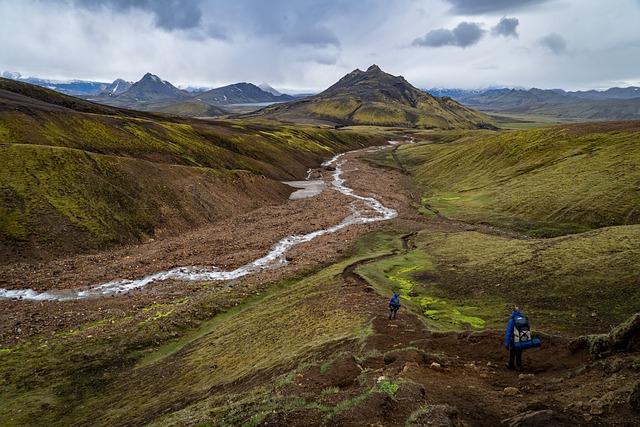
(Image: Pixabay/@thegermankid)
The primary objective of the Great Green Wall project is to reverse land degradation and desertification in one of the world’s most vulnerable regions. There are, however, several smaller, yet equally important, goals bundled within the initiative’s framework:
Restoration of Ecosystems
The Sahel region faces extreme climatic conditions, including long periods of drought that have increased land degradation. By replanting native trees and plants, the GGW aims to restore the natural ecosystems. Trees and vegetation hold water in the soil, help regulate the climate, and improve biodiversity.
Combat Climate Change
The Great Green Wall is an integral part of Africa’s contribution to global efforts against climate change. Planting trees can help sequester carbon and reduce overall greenhouse gas emissions.
Socio-economic Developments
An important objective of the GGW project is promoting economic development in the region. With better-managed soils, local farmers can boost crop productivity. Training for community members includes water-efficient farming techniques and improved livestock management. In return, this enhances food security and boosts local economies.
Preventing Migration Inspired by Desertification
A major driver of forced migration in the region is resource scarcity due to desertification. As the land becomes unusable, many people are left without livelihoods, forcing them to search elsewhere for better opportunities. By restoring local ecosystems, the Great Green Wall aims to curb migration driven by this phenomenon.
Challenges Faced by the Initiative
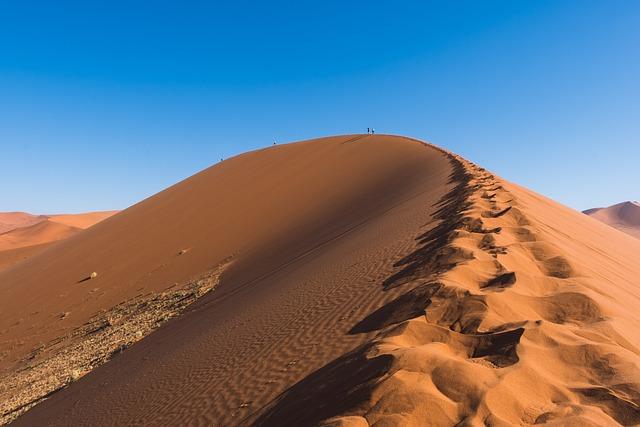
(Image: Pixabay/@jbauer-fotographie)
Although the idea behind the Great Green Wall is inspiring, its execution has met a host of challenges that have slowed its progress. Some of these difficulties include the lack of adequate financial resources, political instability in participating nations, and the unpredictability of climate conditions in the targeted region.
Funding Issues
One of the main hurdles limiting the expansion of the GGW is insufficient funding. While international organizations and donor countries have contributed to the cause, more is needed to achieve the ambitious targets set out. Sometimes promises of financial assistance are delayed or do not materialize, affecting the continuity of ongoing projects.
Political Conflicts and Unrest
The Sahel region is known for being prone to conflicts, political instability, and terrorism. Efforts to plant trees and restore lands are often hindered by social unrest, making it difficult for agencies and partners to carry out operations smoothly.
Harsh Climatic Conditions
The climate in the region fluctuates between severe droughts and sudden floods, both of which pose significant challenges to fostering seedlings and expanding greenery. Maintaining a consistent tree growth rate amidst inconsistent weather conditions requires immense resilience and adaptability on the part of the stakeholders involved.
Community Engagement and Education
Another challenge lies in effectively mobilizing local communities and educating them on the long-term benefits of maintaining and nurturing newly planted landscapes. Sustaining the impact of restoration efforts necessitates relying heavily on community involvement, which can vary in enthusiasm and commitment from region to region.
Positive Impacts and Benefits
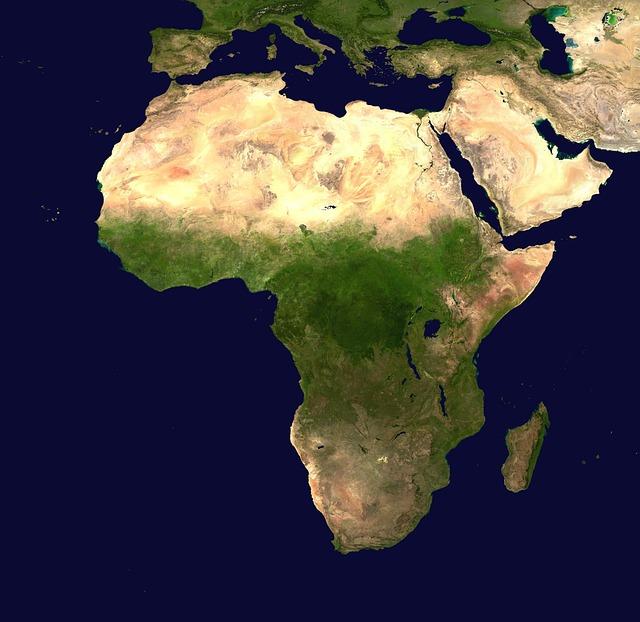
(Image: Pixabay/@WikiImages)
Despite the challenges, the Great Green Wall initiative has seen significant success and continues to create positive changes in both the environment and across societies.
Environmental Restoration
One of the undeniable impacts of the GGW is improved ecosystem health. Various landscapes in Senegal, Ethiopia, and Niger have witnessed substantial vegetation regrowth, rehabilitating farming zones, and increasing fodder for wildlife.
Economic Opportunities
The Great Green Wall has brought with it new sectors of employment for local communities. From reforestation specialists to agriculture workers, the initiative provides jobs directly related to restoring lands and indirectly through improved agricultural yields, making local economies more resilient.
Climate Change Mitigation
Trees sequester carbon dioxide, and with millions of hectares restored, the initiative is helping mitigate the effects of climate change at a global level. Experts estimate that once the project is near completion, it could remove large quantities of CO2 from the atmosphere.
Reduction in Migration
Furthermore, with the return of fertile lands and increased work opportunities in rural areas, the GGW has begun to slow the rates of migration often driven by displacement due to desertification.
Conclusion
The Great Green Wall Initiative stands out as a transformative solution to combat the effects of climate change, desertification, and poverty in Africa's Sahel region. While challenges like political unrest and funding limitations persist, the GGW has already shown positive results. These impacts range from environmental restoration and carbon sequestration to better job opportunities and community resilience. With continued investment and cooperation, the initiative can offer long-term sustainable change in the fight against climate-driven degradation.
FAQs
What are the main goals of the Great Green Wall?
The main goals are to stop desertification, restore ecosystems, boost food security, and mitigate climate change in Africa's Sahel region.
How long will it take to complete the Great Green Wall?
The initiative is a long-term project projected to take decades. Previous estimates suggest that it could be substantially completed by 2030, depending on funding and global support.
Which countries are involved in the Great Green Wall?
The project spans over 20 countries from the west to east of Africa, including Senegal, Mali, Burkina Faso, Niger, Nigeria, Chad, Sudan, Ethiopia, and Djibouti, among others.
What role does local community involvement play in the project?
Local communities are central to the success of the GGW initiative. They are the ones responsible for planting trees, monitoring landscape changes, and sustainably managing the land over time.

